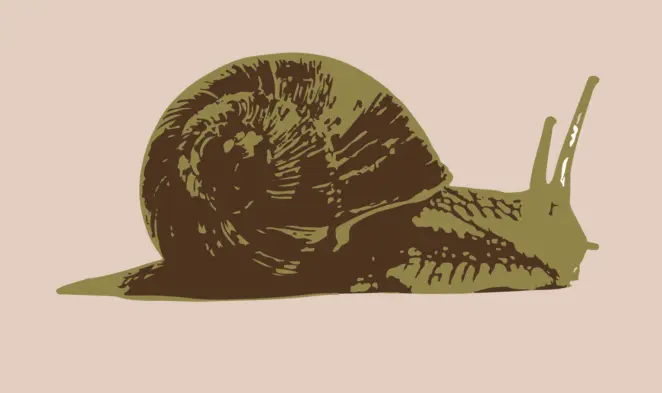Slugs & Snails
Slugs and snails are extremely common in Great Britain, you can easily tell the two apart by the presence of or lack of a shell.
Slugs and snails secrete a mucus from the underside of their bodies simply known as their ‘foot’ which makes it easier to move around by slowly shuffling around in rhythmic waves. They also secrete a thicker mucus that covers the entirety of their bodies to help retain moisture.
Their bodies are comprised of almost entirely water, which is why they are averse to warm dry weather – especially direct sunlight and are commonly seen at night time or during a heavy rainfall.
Signs & Symptoms:
Any experienced gardener at some point will have came across their plants only to find holes eaten in leaves, fruit, vegetables and a mysterious shiny track on the ground. These are the tell-tale signs that your garden is under attack from slugs & snails.
- Will eat into leaves, fruit, vegetables leaving large irregular holes, may even destroy seedlings.
- Leaves shiny tracks, where they have travelled.
- Most active during the night time & during rainy weather, but are active all year round.
- Can be treated by organically by hand or with pesticides.
If you are having a particularly rainy evening, they can be seen by torchlight making their way slowly through the garden.
Prevention & treatment:
Unfortunately, slugs and snails are so prevalent in Britain that completely eradicating them from your garden is simply not possible – and some damage to your plants from slugs and snails eventually is inevitable.
If over time, damage becomes excessive – there are some things you can do to prevent and treat them.
Create physical barriers between the ground and your plants. Raised beds or pots are great as it becomes much more difficult to reach.
You can also leave sharp gravel around your plants to prevent slugs and snails travelling over them. Plants on ground level are easy targets for slugs and snails – particularly seedlings, you could also use slug pellets sparingly to help prevent further damage.
Remove them by hand from the garden and place them in a bucket of salty water to dispose of them quickly. The best time for this method is to wait until they have emerged in a rainy evening and use a torch to spot them in the garden.

For a chemical method, there are several slug & snail pesticides available on the market. If you choose to go the chemical route, always read the label and follow the instructions.
You can create homemade traps. Simply take a used jam jar, and clean thoroughly. Dig a hole in the ground that is near your plants so the opening of the jar is almost flush with rest of the soil. Fill the jar with beer to make a beer pond and leave in the garden. The slugs and snails will be attracted by the yeast, and when they take a sip, they will slip and fall into the beer and drown.
Take a look around your garden and identify where they may be hiding during the daytime. Popular spots include, underneath wooden decks, underside of low ledges/fences, etc. Even raking over your soil can reveal them lurking under the surface.
Want to learn how to prevent other pests from entering your garden? Check out our other pest guides!


